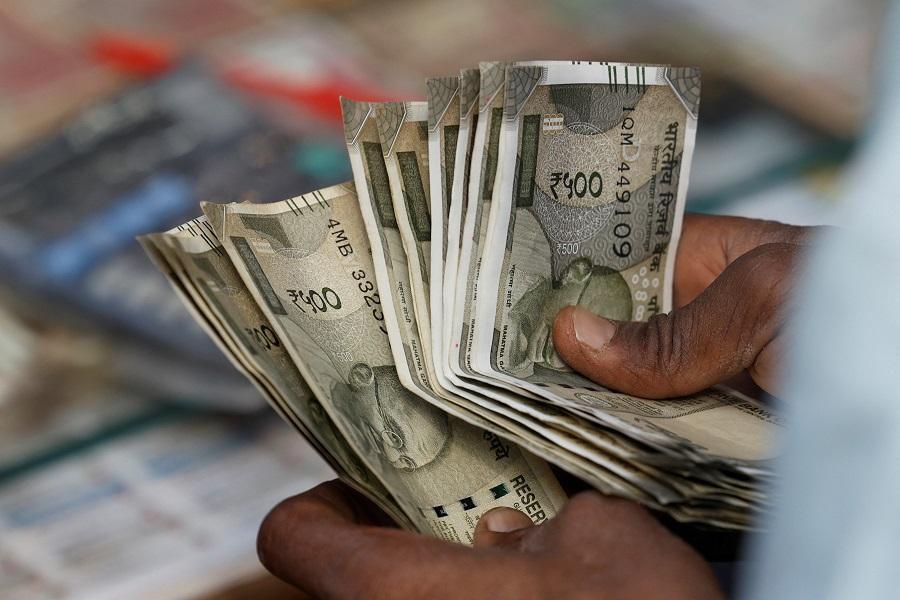
Rupee Set to Open Weaker as Trump Threatens 25% Tariff on Exports
The Indian rupee is likely to open weaker on Thursday after U.S. President Trump threatened a 25% levy on Indian exports, despite ongoing talks. The threat has sent shockwaves through the Indian foreign exchange market, and traders are bracing themselves for a potentially volatile trading session.
The rupee has been under pressure in recent weeks, driven by a widening current account deficit and a surge in crude oil prices. However, the latest threat from Trump has added an extra layer of uncertainty, with traders expecting the Reserve Bank of India (RBI) may intervene to support the currency.
The 1-month non-deliverable forward (NDF) suggests an opening range of 87.66-87.69, versus 87.42 previously. This indicates that the market is expecting the rupee to weaken further, potentially testing its record low of 87.95.
The threat of a 25% tariff on Indian exports is significant, as India is one of the largest suppliers of goods to the United States. The move would not only harm Indian exporters but also have a broader impact on the country’s economy.
Traders are keeping a close eye on the development, with many expecting the RBI to step in to support the currency. The central bank has a history of intervening in the foreign exchange market to stabilize the rupee, and it may do so again to prevent a sharp decline.
However, the RBI’s ability to intervene may be limited, given the country’s current account deficit and the need to maintain foreign exchange reserves. The central bank may also be hesitant to intervene heavily, as this could lead to a further decline in the rupee and a surge in inflation.
The rupee’s decline has been a major concern for the Indian government, which has been working to boost exports and attract foreign investment. The government has implemented various measures to boost exports, including reducing taxes and increasing subsidies for exporters.
However, the threat of a 25% tariff on Indian exports could undo some of this progress, as exporters may struggle to compete with imports from countries that do not face similar tariffs. This could lead to a decline in exports and a widening current account deficit, which would put further pressure on the rupee.
In addition to the threat of a tariff, the rupee is also being pressured by the surge in crude oil prices. The price of Brent crude has risen to over $70 per barrel, driven by concerns over supply disruptions in Libya and Venezuela. This has led to a wider trade deficit for India, which has put further pressure on the rupee.
The Indian government has been working to reduce its dependence on oil imports, but this process is slow and challenging. The government has implemented various measures to increase the use of alternative fuels, such as biofuels and electric vehicles.
However, the transition to alternative fuels is complex and time-consuming, and it may take several years for India to reduce its dependence on oil imports. In the meantime, the country will continue to face pressure on its trade balance and foreign exchange reserves.
In conclusion, the rupee is likely to open weaker on Thursday after Trump threatened a 25% levy on Indian exports. The threat has added an extra layer of uncertainty to the Indian foreign exchange market, and traders are bracing themselves for a potentially volatile trading session. The RBI may intervene to support the currency, but its ability to do so may be limited. The Indian government will need to continue to work to boost exports and reduce its dependence on oil imports to support the currency.






